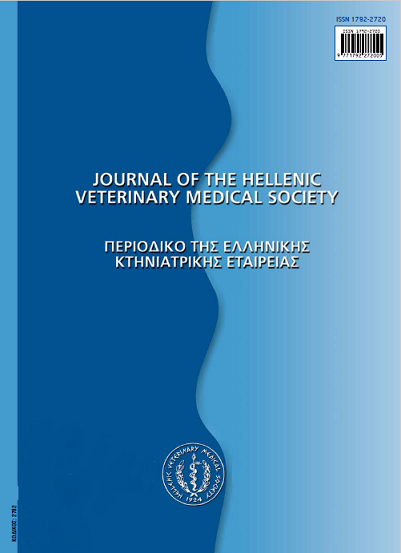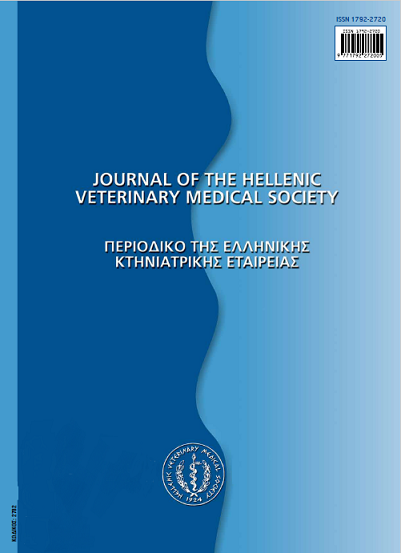Sevoflurane and its use in veterinary practice
Abstract
In clinical practice die anaesthetist often faces die dilemma of choosing die best fitting agem from a wide variety of injectable and volatile anaesdietic drugs. Meanwhile, die continuous progress of anaesthesiology offers new drugs and modern Techniques, making die final choice even more difficult. Sevoflurane is a new volatile anaesthetic agent, which is nowadays increasingly used in veterinary anaesthesia. It is a fluorinated derivative of methyl- isopropyl-ether. At room temperature it is a non-flammable, non-explosive, colourless liquid, with a pleasant smell. The aim of this review article is to present the basic attributes of sevoflurane and its use in veterinary practice. Its most important physical and chemical properties and their clinical implications, as well as its pharmacokinetics, pharmacodynamics, metabolism and potential toxicity are presented. Furthermore, sevoflurane is compared with other commonly used volatile anaesthetic agents and its use in anaesthesia of various companion, large and laboratory animals is discussed. Examples of sevoflurane administration, and of possible combinations with other drugs used in veterinary anaesthesia, are also given.
Article Details
- Come citare
-
MANTZIARAS (Γ. ΜΑΝΤΖΙΑΡΑΣ) G. I., KOSTOMTSOPOULOS (Ν. ΚΩΣΤΟΜΗΤΣΟΠΟΥΛΟΣ) N., & RAPTOPOULOS (Δ. ΡΑΠΤΟΠΟΥΛΟΣ) D. (2017). Sevoflurane and its use in veterinary practice. Journal of the Hellenic Veterinary Medical Society, 55(4), 309–318. https://doi.org/10.12681/jhvms.15124
- Fascicolo
- V. 55 N. 4 (2004)
- Sezione
- Review Articles
Authors who publish with this journal agree to the following terms:
· Authors retain copyright and grant the journal right of first publication with the work simultaneously licensed under a Creative Commons Attribution Non-Commercial License that allows others to share the work with an acknowledgement of the work's authorship and initial publication in this journal.
· Authors are able to enter into separate, additional contractual arrangements for the non-exclusive distribution of the journal's published version of the work (e.g. post it to an institutional repository or publish it in a book), with an acknowledgement of its initial publication in this journal.
· Authors are permitted and encouraged to post their work online (preferably in institutional repositories or on their website) prior to and during the submission process, as it can lead to productive exchanges, as well as earlier and greater citation of published work.




